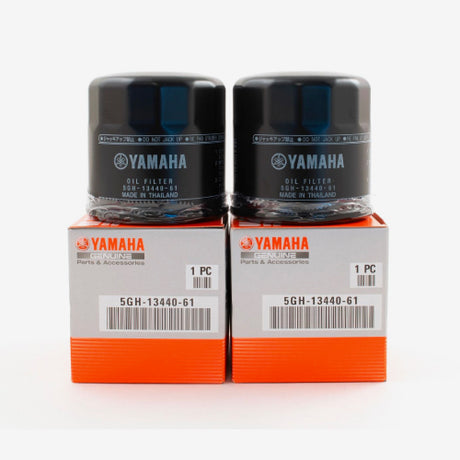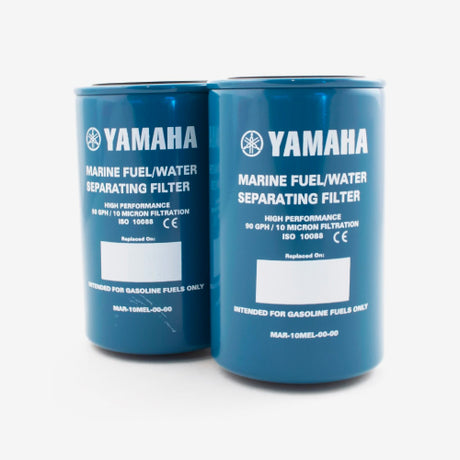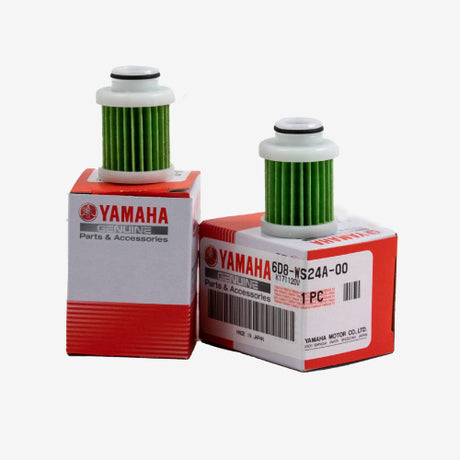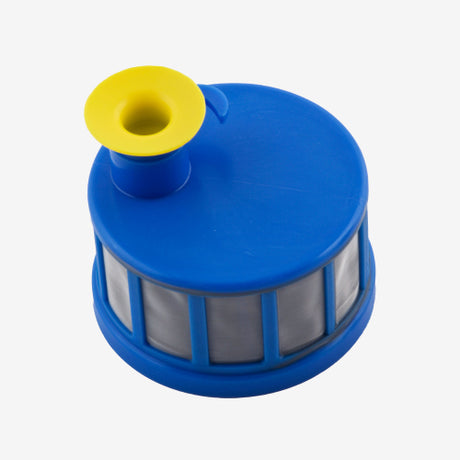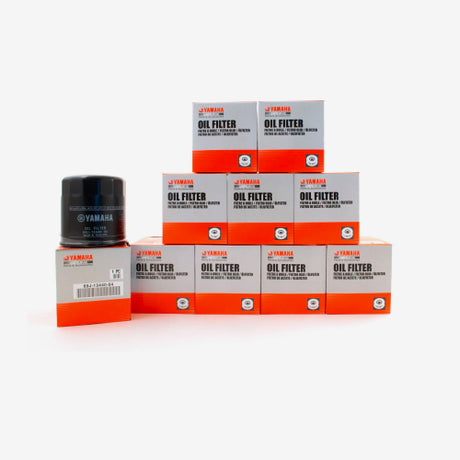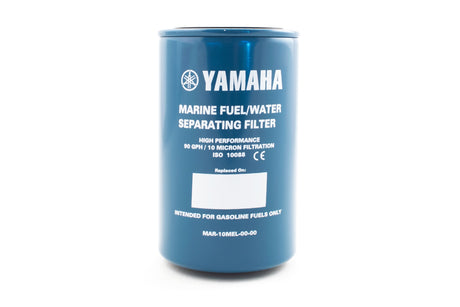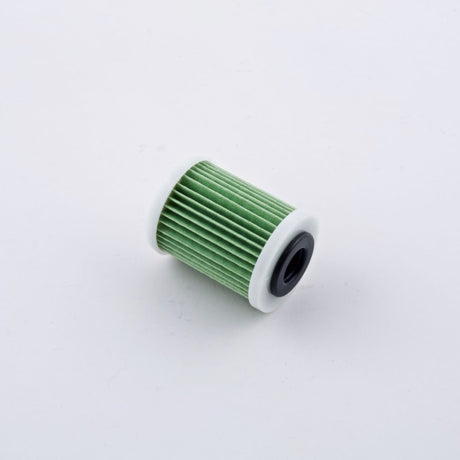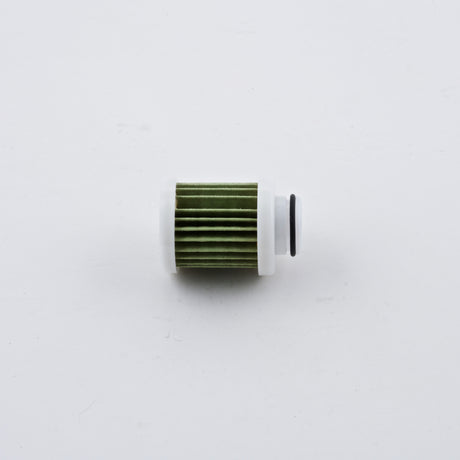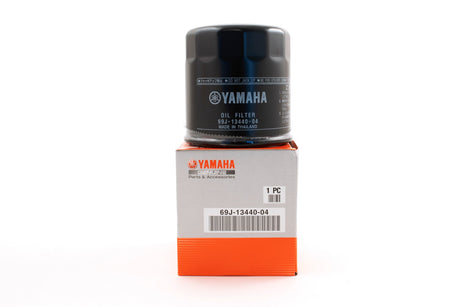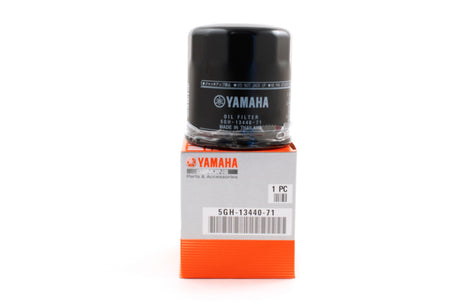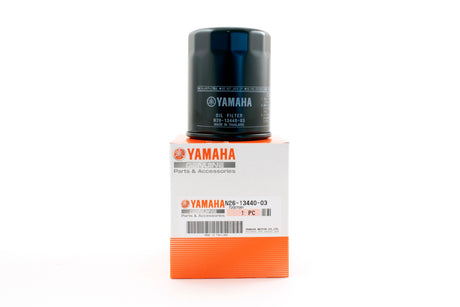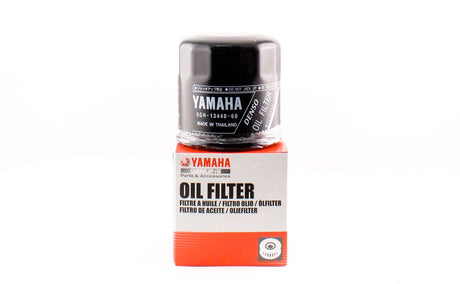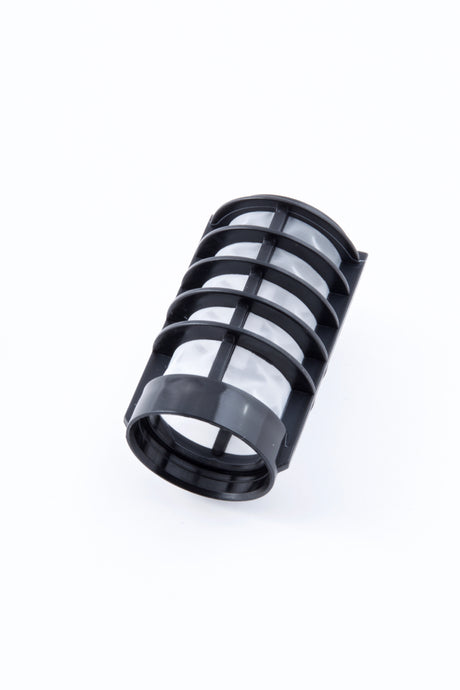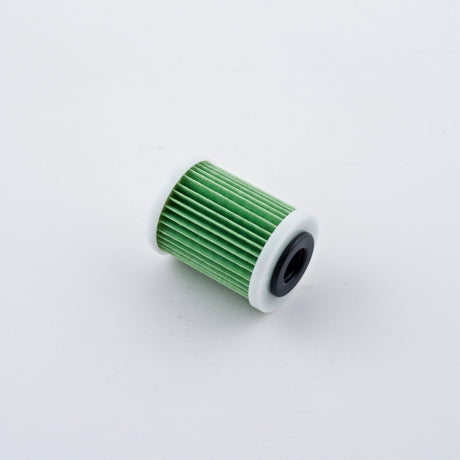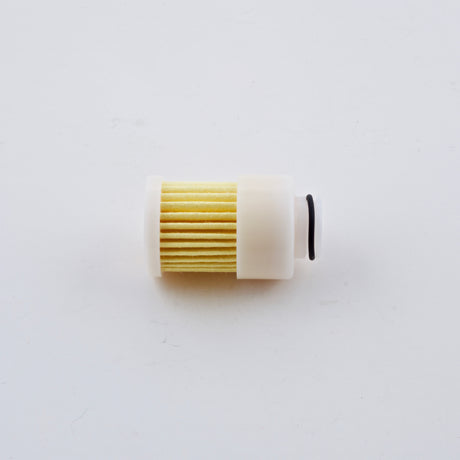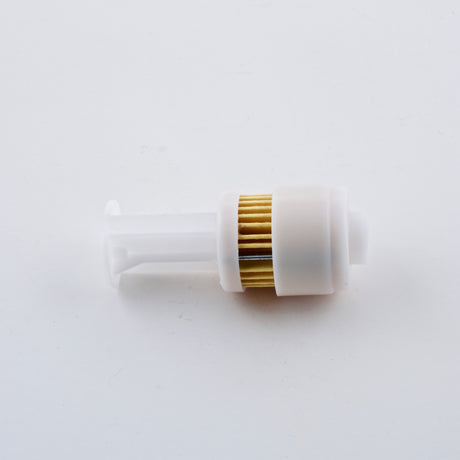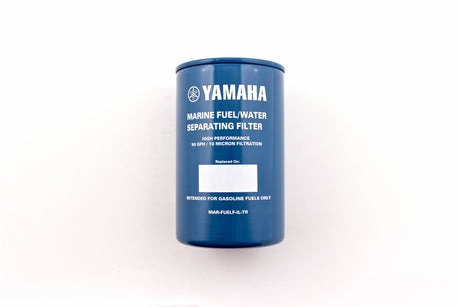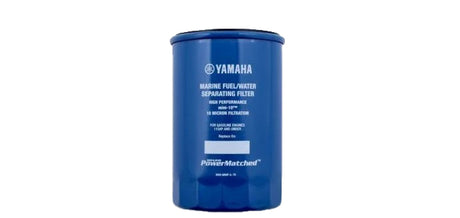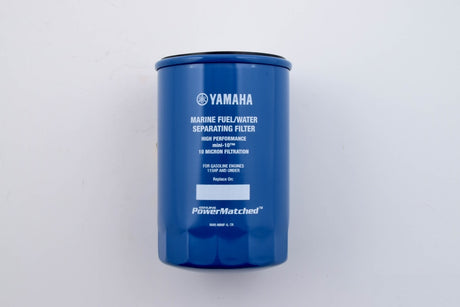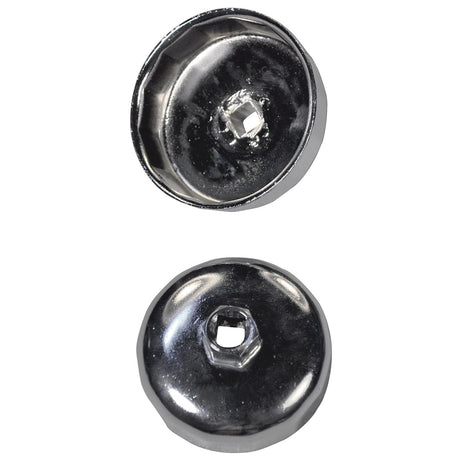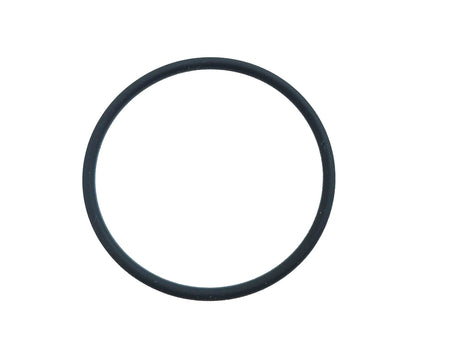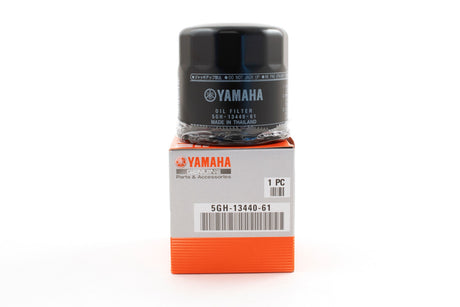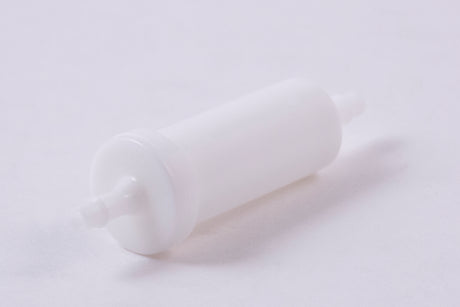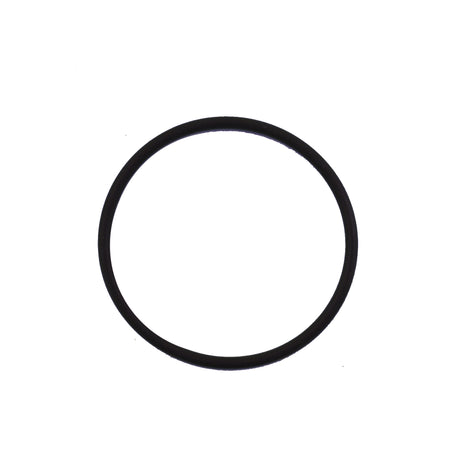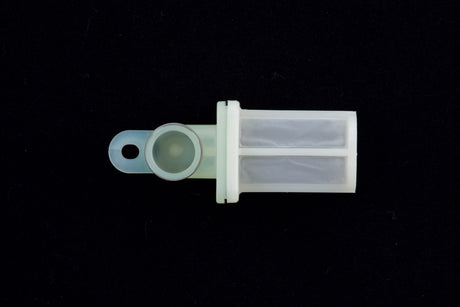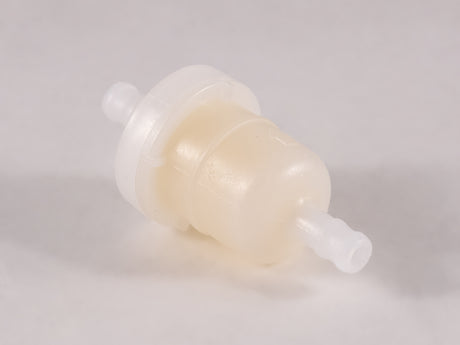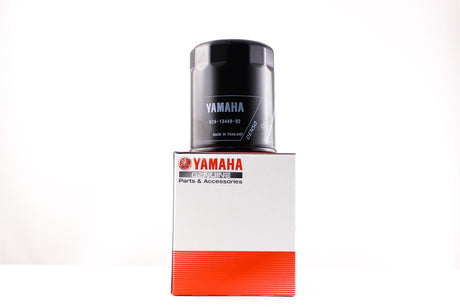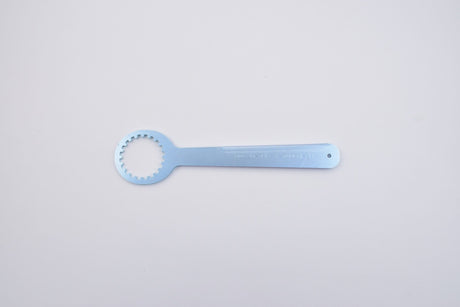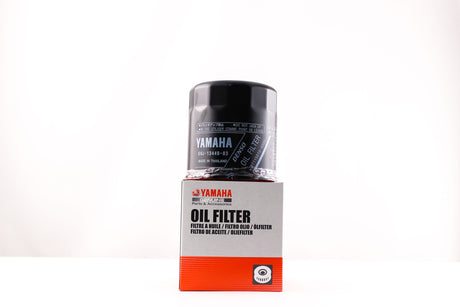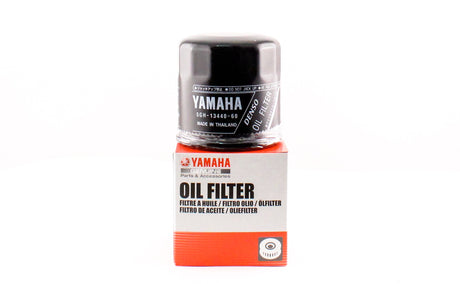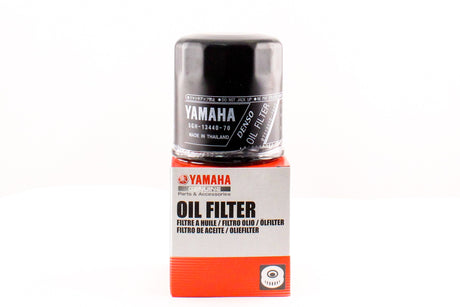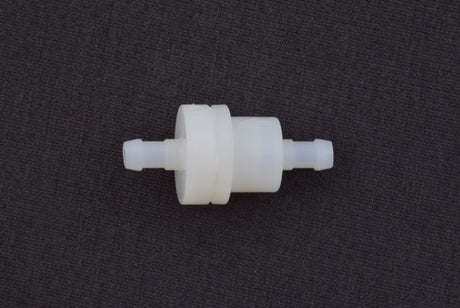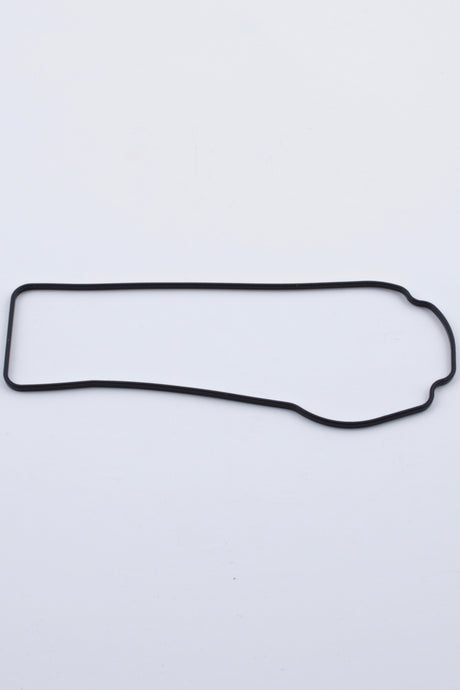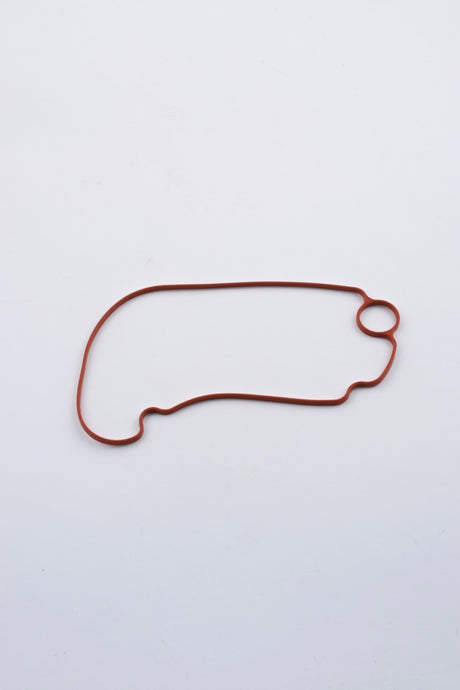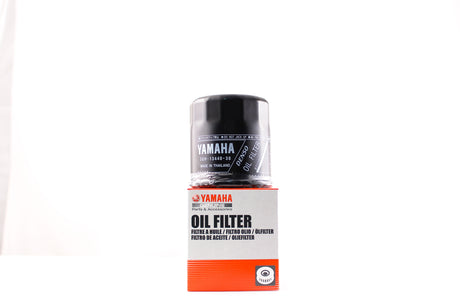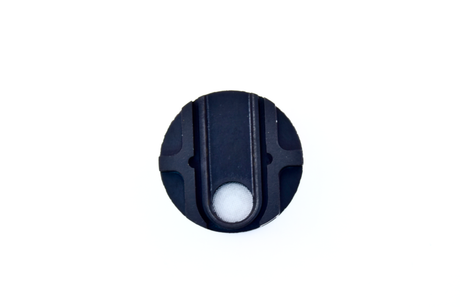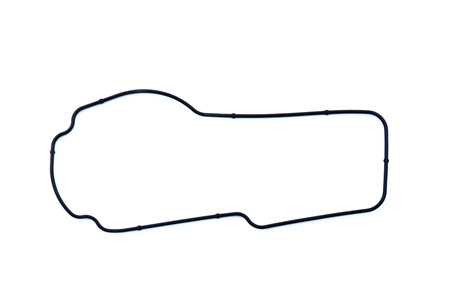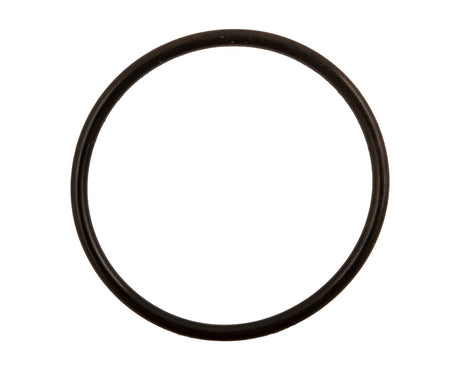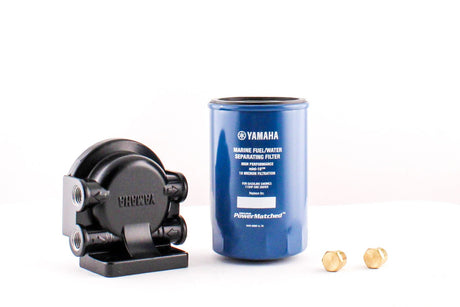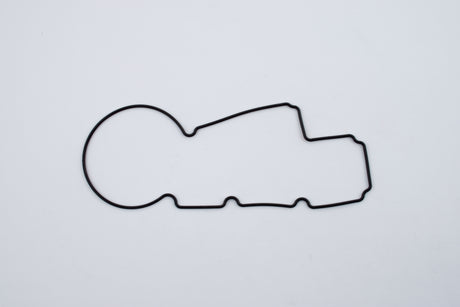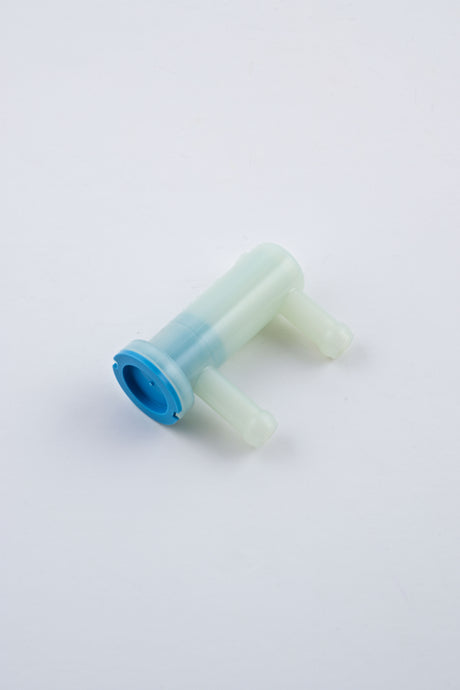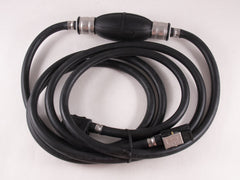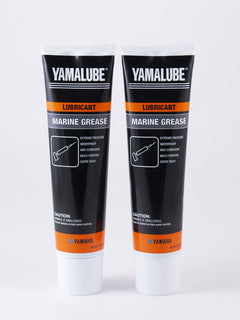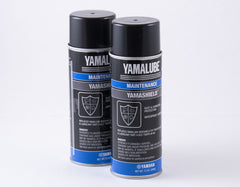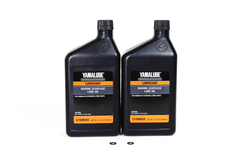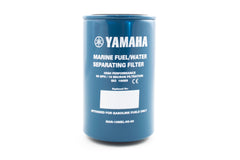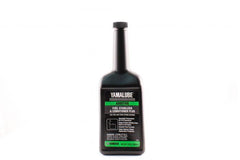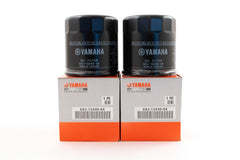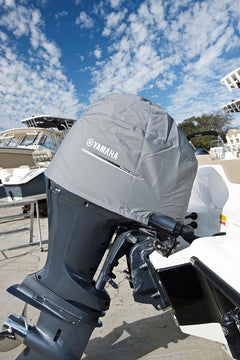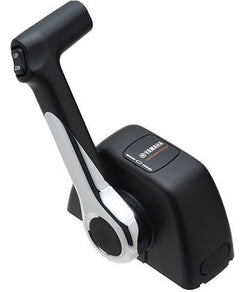Yamaha
Yamaha MAR-10MEL-00-00 - Outboard 10-Micron Fuel Water Separating Filter
$22.90 USD$25.80 USDUnit price /UnavailableYamaha
Yamaha 69J-13440-04-00 - Oil Filter - F150 F200 F225 F250 Outboard - 69J-13440-03-00
$21.81 USD$30.60 USDUnit price /UnavailableYamaha
Yamaha 5GH-13440-71-00 - Oil Filter - F115 F100 F90 F75 F50 F40 F30 - 5GH-13440-70-00
$13.01 USD$16.49 USDUnit price /UnavailableYamaha
Yamaha N26-13440-03-00 - Oil Filter - F225 F250 F300 4.2L F350 V8 VF200 VF225 VF250
$23.83 USD$26.50 USDUnit price /UnavailableYamaha
Yamaha 5GH-13440-80-00 - Oil Filter - F15 F25 F40 F50 F60 F70 Outboard
$11.64 USD$15.49 USDUnit price /UnavailableYamaha
Yamaha MAR-FUELF-IL-TR - Outboard 10-Micron Fuel Water Separating Filter separator
$22.90 USD$25.80 USDUnit price /UnavailableYamaha
Yamaha MAR-M10EL-00-00 - Mini-10 Micron Marine Fuel/Water Separating Filter
$13.29 USD$15.05 USDUnit price /UnavailableYamaha
Yamaha MAR-MINIF-IL-TR - Mini-10 Micron Marine Fuel/Water Separating Filter
$13.29 USD$15.05 USDUnit price /UnavailableYamaha
Yamaha MTS-TLSKT-02-09 - Oil Filter Wrench - Fits All 5GH Oil Filters
$22.56 USD$31.99 USDUnit price /UnavailableYamaha
Yamaha 5GH-13440-61-00 - Oil Filter - F15 F25 F40 F50 F60 F70 Outboard - 5GH-13440-60-00
$11.64 USD$14.99 USDUnit price /UnavailableYamaha
Yamaha 6P3-24564-00-00 - F150 F175 F200 F225 F250 F300 F350 Gasket
$10.04 USD$11.20 USDUnit price /UnavailableYamaha
Yamaha 63P-13915-00-00 - Vapor Separator Tank (VST) Fuel Filter
$51.64 USD$57.60 USDUnit price /UnavailableYamaha
$23.83 USD$26.50 USDUnit price /UnavailableYamaha
Yamaha YB-ACC04-1 - APRIMARY FUEL FILTER CUP WRENCH - FITS 6P3-WS24A FILTER CUPS
$52.11 USDUnit price /UnavailableYamaha
Yamaha 69J-13440-03-00 - Oil Filter - F150 F200 F225 F250 - Supersedes to 69J-13440-04-00
$21.81 USD$30.60 USDUnit price /UnavailableYamaha
Yamaha 5GH-13440-60-00 - Oil Filter - F15 F25 F40 F50 F60 F70 - Supersedes to 5GH-13440-61-00
$11.64 USD$14.99 USDUnit price /UnavailableYamaha
Yamaha 5GH-13440-70-00 - Oil Filter - F115 F100 F90 F75 F50 F40 F30 - Supersedes to 5GH-13440-71-00
$13.01 USD$16.49 USDUnit price /UnavailableYamaha
Yamaha 646-24251-02-00 - Remote Oil Tank Filter
$16.97 USD$18.80 USDUnit price /UnavailableYamaha
Yamaha 6CB-14984-00-00 - VST Float Chamber Gasket
$65.15 USD$72.65 USDUnit price /UnavailableYamaha
Yamaha 5GH-13440-30-00 - Oil Filter - F115 F100 F90 F75 Outboard - 5GH-13440-00-00
$13.01 USD$16.49 USDUnit price /UnavailableYamaha
Yamaha 68V-13915-00-00 - Fuel Filter - Vapor Separator Tank (VST) - F115 F200 F225 (V6)
$42.04 USD$46.90 USDUnit price /UnavailableYamaha
Yamaha 68V-14984-00-00 - VST Float Chamber Gasket
$23.69 USD$26.35 USDUnit price /UnavailableYamaha
Yamaha MAR-MINIF-LT-AS - MINI 10 Fuel Water Separating Filter Assembly - With Housing
$47.31 USD$53.00 USDUnit price /UnavailableYamaha
Yamaha 66K-14984-00-00 - VST Float Chamber Gasket
$32.07 USD$35.85 USDUnit price /Unavailable
Yamaha Filters & Strainers
It is absolutely essential to periodically replace any outdated, broken, or worn filters and strainers if you want your Yamaha outboard motor to last. YamahaOnlineParts.com has a wide selection of Yamaha filters and strainers available, including Yamaha oil filters, 10-micron fuel/water separating filters, primary fuel filters, in-line fuel filters, VST filters, and filter wrenches.
We have a full inventory of Yamaha outboard components, outboard motor filters and strainers, and the relevant equipment and items to help you maintain your Yamaha outboard engine, such as:
- Yamaha Primary Fuel Filter
- Yamaha Oil Filters and Wrenches
- Yamaha Fuel/Water Separating Filters and Wrenches
- Yamaha VST Fuel Filters and Gaskets
Need help changing your Yamaha outboard fuel filters? We publish helpful resources on our blog, like the following:
- Guide to Yamaha Outboard Fuel Filters
- Yamaha Ring Free Plus - Is It Essential?
- Will DIY Maintenance and Repairs Void Your Yamaha Outboard Warranty?
Yamaha Outboard Filters and Strainers FAQs
What is a Yamaha 10-micron fuel-water separating filter?
This filter is designed to separate water from fuel and keep any dirt particles out. It is suggested to switch this filter out every 50 hours. Additionally, it is wise to have a spare fuel-water separating filter on hand in the event of obtaining bad gas and the filter becoming overloaded. Check out Yamaha fuel-water separating filters.
What is a Yamaha VST filter?
The electric fuel pump in the VST (vapor separator tank) has a filter attached to it, which screens the gas once more prior to it being pressurized into the injection rail. The VST is a fundamental part of the fuel system where residues and gum can accumulate, primarily if fuel is not purified. To protect this filter, be sure to employ Yamaha Ring Free Plus to every tank of fuel consistently, and look into and attend to the first two filters in the fuel line regularly. Refer to the particular engine's service manual to learn the suggested service gap and the exact location of the filter. Shop Yamaha VST filters.
What is the difference between a primary filter and an in-line filter?
The Yamaha fuel filter is usually placed on the front, side, or back of the powerhead and is typically made of transparent plastic. It works by filtering the fuel before it enters the outboard. This "primary" filter typically contains a small water trap at the bottom. This filter is the first one to be used after the 10-micron filter, so if any water is found here, it is time to switch the 10-micron filter. On Yamaha outboards, there may be a red ring in this filter. It is important to never take it out. If the red ring is floating, then there is water in the trap and it is time to replace the filter. It is possible to purchase Yamaha primary on-engine filters from a shop.
A few outboard motor models come with an in-line filter that is placed either between the Yamaha primary fuel pump and the Vapor Separator Tank (VST), or between the VST and the outboard's fuel rail, found along its top side. For the specific location of your model, refer to its service manual or contact your dealer. You can also buy Yamaha in-line filters.
What are common Yamaha outboard engine fuel system issues?
Malfunctioning of the fuel system is a frequent issue in Yamaha outboard motors. Poor operation of the engine, reduction in its power or complete breakdown of the motor are usually caused due to a failure in the fuel system.
- It is highly recommended to use premium low-ethanol gasoline for a Yamaha outboard motor. This is because ethanol has the ability to attract moisture which can lead to the dilution of the fuel through the process of “phase separation”. Furthermore, certain additives in ethanol gasoline can cause clogging in fuel lines and other components of the fuel system. To avoid these issues, it is advised to make use of a high-quality fuel stabilizer on a regular basis.
- Inspect the fuel lines for any cracks or holes. If any are present, discontinue running the engine and replace the lines. Additionally, examine the fuel hoses that have an inner layer.
- The Yamaha fuel filter is manufactured to capture any particles or contamination that have made their way into the fuel system. It is necessary to routinely replace the fuel filters in order to ensure that fuel flow is not hindered.
- A faulty Yamaha fuel pump can have a tremendous effect on engine performance and can even cause harm to other parts if not taken care of. If you think your fuel pump is not in proper condition, get it changed along with the hoses that may have been affected.
Why are there so many Yamaha outboard fuel filters?
It is a well-known fact that Yamaha fuel filters are essential for marine engines to function optimally in the difficult conditions to which they are often subjected. But, why are there such a lot of different choices for changing out Yamaha outboard fuel filters?
Not all dirt is the same - it can come in different shapes and sizes. Some dirt is composed of big chunks, while some are tiny specks of dust. Some dirt can be spotted with the naked eye, whereas others are so small that one would need a microscope to identify them, such as microorganisms that may still be in their growth phase.
Dirt can come in various configurations. It can be round or pointy. The round kind tends to get trapped rather easily, but the arrow-shaped one may get through the first and second filters before lodging in the third. When the arrow is lodged in the filter, it shuts off some of the openings, making them narrower, and trapping even tinier particles. This clogging then continues. If the original filter becomes substantially blocked, the vacuum on the filter might pull the dirt through it and to the next filter, and so on.
Unsuitable fuel, water, ethanol, not changing fuel regularly, and microorganisms are all factors that could lead to blocked filters. Therefore, it is essential to swap out Yamaha fuel filters as per instructions from the manufacturer. It is important to consult the motor's service manual for further information relating to the recommended time interval for servicing and the placement of the filters.
Certain Yamaha four-stroke outboard motors necessitate the use of one of the fuel filters or strainers listed below to stop water and particles from entering the engine.
How do I change my Yamaha 2-stroke outboard engine oil?
If your Yamaha outboard motor has an oil injection system with an external oil tank, you will begin your service by reaching the container. These tanks might be difficult to access, so you may have to take out the livewell tub, cooler, or access panel to reach it. Unfasten the tank from its bracket and identify the oil supply hose that runs from the tank to the engine. You should find a small, white inline filter that strains the two-stroke oil before it goes to the engine. This filter is usually forgotten, but if you don't provide a continuous flow of Yamalube two-stroke oil, your engine could go into a reduction mode or even worse. Cut the tiny zip ties that keep the oil line attached to the filter, and then quickly switch out the filter before the oil spills into the bilge. This task is a bit untidy, so you should use some oil-absorbing pads to reduce the mess. It's also a good idea to have some high-quality nitrile gloves on board the boat or close by when you're doing the service.
After you detach the tank from its mount, it is an ideal moment to make use of a tiny service light to shine in the lower angles of the tank. The transparent plastic will let you locate any dirt or water that has been stored inside the tank. In the event that you find it, you will be required to take out the tank, empty it, and clean it. Particles are usually brought in from open fill caps, destroyed fill cap o-rings, or unclean bins employed to buy bulk oil.
Put the tank back into the holder and take the covering off of your motor. Utilize the manual exchange switch on the side of the engine to make sure oil is going through your new filter and the system is activated. Your Yamaha 2-stroke oil upkeep is now finished. You are set to start your motor service.
Replacing old or damaged Yamaha oil filters, fuel filters, and strainers is critical for extending the life of your Yamaha outboard motor. Yamaha Online Parts offers a wide selection of Genuine Yamaha outboard engine filters and strainers for your specific Yamaha outboard engine model.


